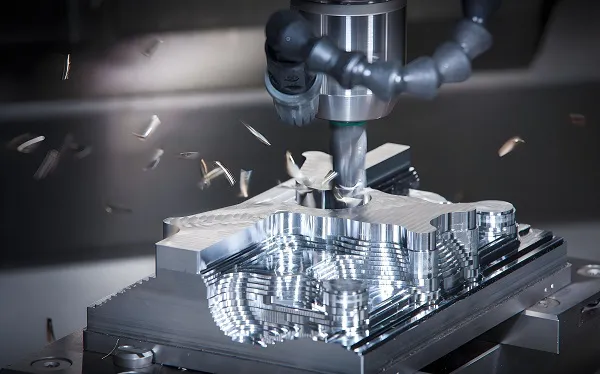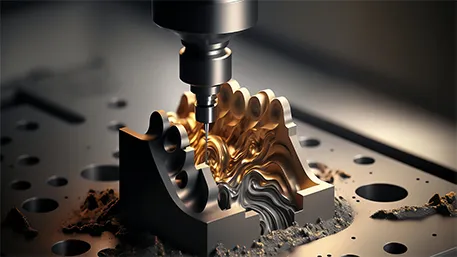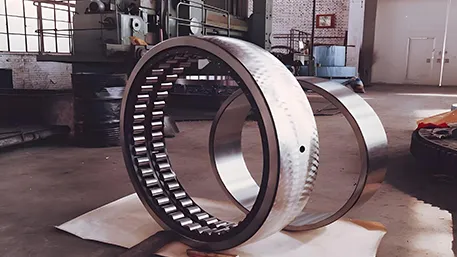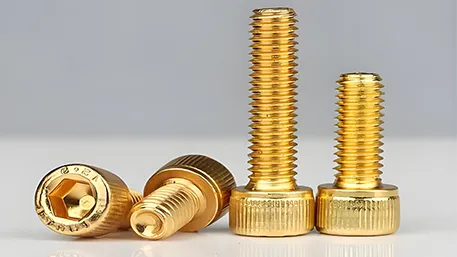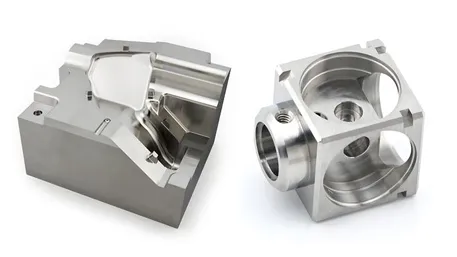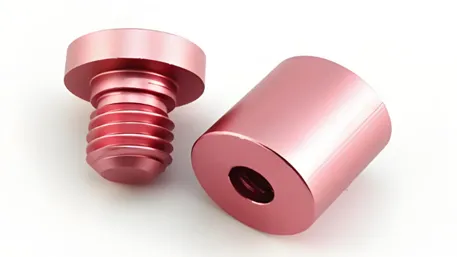In today’s precision-driven manufacturing landscape, custom machined parts have become indispensable for industries ranging from aerospace to medical devices. With 80% of engineers prioritizing dimensional accuracy under ±0.001″ tolerance (Source: XYZ Manufacturing Report), this guide provides actionable strategies to optimize your custom machining projects while balancing cost and quality.
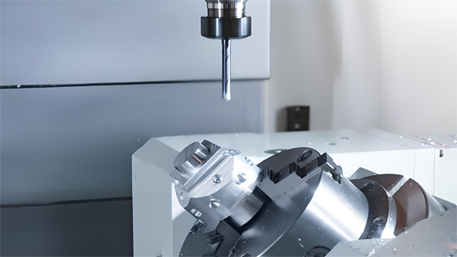
1. Material Selection & Technical Specifications
Key Considerations:
- Metal vs. Plastic Options: Aluminum (6061-T6, 7075) remains the most requested material (占定制零件需求的45%,critical for components like surgical instruments.
- Surface Finish: Ra 0.8μm is standard for rotating parts, while anodized coatings enhance corrosion resistance in marine applications.
Pro Tip: Request material certifications (e.g., ASTM B209 for aluminum) to verify raw material quality.
2. Cost Optimization Framework
3-Tier Cost Control Strategy:
| Factor | Cost Impact | Solution |
|---|---|---|
| Batch Size | 30-50% variance between prototypes vs. 1,000+ units | Opt for low-volume CNC services with MOQ 10 units |
| DFM Errors | 15-25% rework costs | Use supplier’s free DFM analysis services |
| Lead Time | 20% premium for 72hr delivery | Maintain buffer stock of common materials |
Case Study: An automotive client reduced per-part costs by 18% through:
- Switching from 316L stainless steel to 6061 aluminum
- Consolidating 12 separate components into 3 multi-axis machined parts
- Implementing vendor-managed inventory (VMI)
3. Supplier Qualification Checklist
Evaluate partners using these critical metrics:
- Certifications:
- ISO 9001:2015 quality management
- IATF 16949 for automotive components
- NADCAP for aerospace applications
- Technical Capabilities:
- 5-axis CNC machining for complex geometries
- CMM inspection equipment for micron-level verification
- EDM cutting for ±.0001″ precision
- Service Differentiation:
- 24/7 engineering support
- Free sample policy with 3-day turnaround
- 100% quality guarantee with rework commitment
4. Industry-Specific Applications
Medical Device Sector:
- Requirements: Biocompatible materials (Ti-6Al-4V), Ra < 0.4μm surfaces
- Solution: CNC-turned surgical pins with 0.006″ wire EDM details
Robotics & Automation:
- Challenge: 64″ x 34″ x 30″ aluminum frames with ±0.005″ positional accuracy
- Innovation: Horizontal machining centers handling 24″x24″x28″ workpieces
5. Emerging Trends & Best Practices
- Digital Integration:
- Instant quoting systems with CAD file analysis
- IoT-enabled production monitoring for real-time updates
- Sustainability Focus:
- 95% material utilization through adaptive machining paths
- Recycling programs for aluminum swarf
- Hybrid Manufacturing:
- Combining CNC milling with 3D printing for conformal cooling channels
- Post-processing integration (anodizing, zinc plating) in single workflow
Actionable Next Steps:
- Download our Free DFM Checklist
- Test supplier responsiveness with a 24hr Quick-Quote Request
- Compare 3+ vendors using our Cost-Benefit Matrix Template
For full technical specifications of our 5-axis CNC capabilities, including 0.0002″ tolerance control processes, visit our precision machining whitepaper library.

